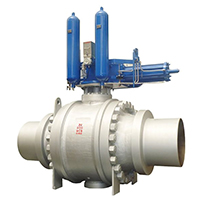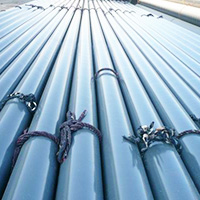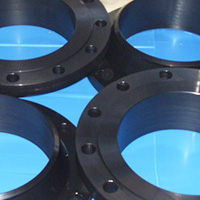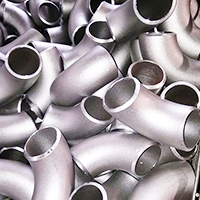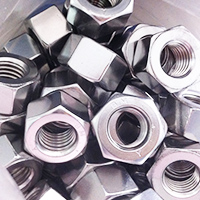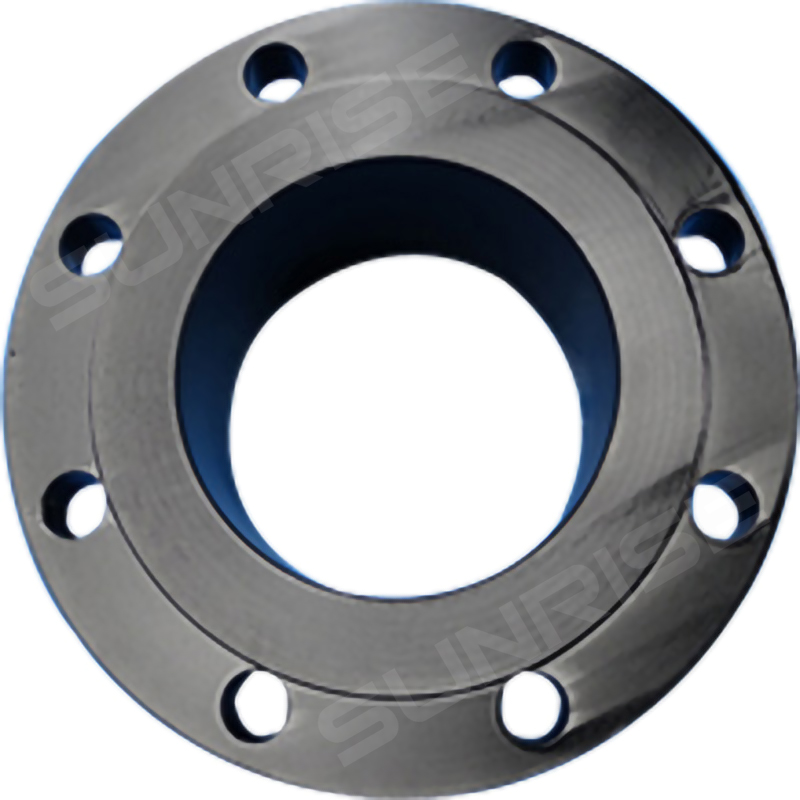Ten Points for attention in valve maintenance
(1) It is necessary to find out that the upper and downstream pipelines of the valve have been removed before disassembly and decomposition operation.
2) Non-metallic parts should be immediately removed from the cleaning agent after cleaning, and should not be soaked for a long time.
(3) The bolts on the flange must be tightened symmetrically, step by step and evenly during assembly.
4) Cleaning agent should be compatible with rubber parts, plastic parts, metal parts and working medium (such as gas) in the valve. When the working medium is gas, gasoline (GB484-89) can be used to clean metal parts. Non-metallic parts shall be cleaned with pure water or alcohol.
(5) The decomposed single parts can be cleaned by dipping. Metal parts with non-metallic parts that have not broken down can be scrubbed with clean, fine, clean silk impregnated with cleaning agent (to avoid fibers falling off and adhering to the parts). When cleaning, all the grease, dirt, glue, dust and so on adhering to the wall must be removed.
(6) When disassembling and reassembling, care must be taken to prevent damage to the sealing surface of parts, especially non-metallic parts. When removing O-rings, special tools should be used.
(7) After cleaning, it is necessary to be volatilized by the cleaning agent on the washing wall (the silk wipe can be used without the cleaning agent) for assembly, but it shall not be used for a long time, otherwise it will rust and be polluted by dust.
(8) New parts should also be cleaned before assembly.
(9) Lubricate with grease.The grease shall be compatible with the metal material, rubber parts, plastic parts and working medium of the valve. When the working medium is gas, such as special 221 grease can be used. A thin layer of grease is coated on the surface of the seal installation groove, a thin layer of grease is coated on the rubber seal, and a thin layer of grease is coated on the sealing surface and friction surface of the valve stem.


